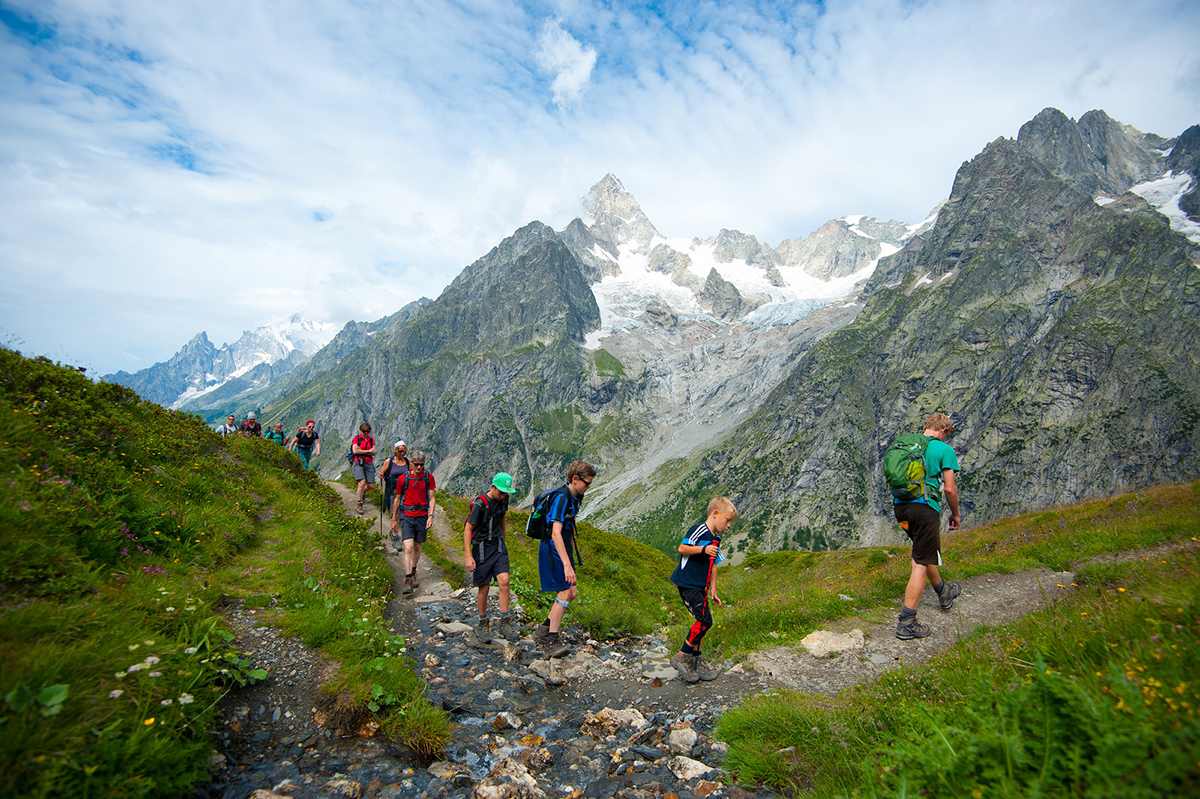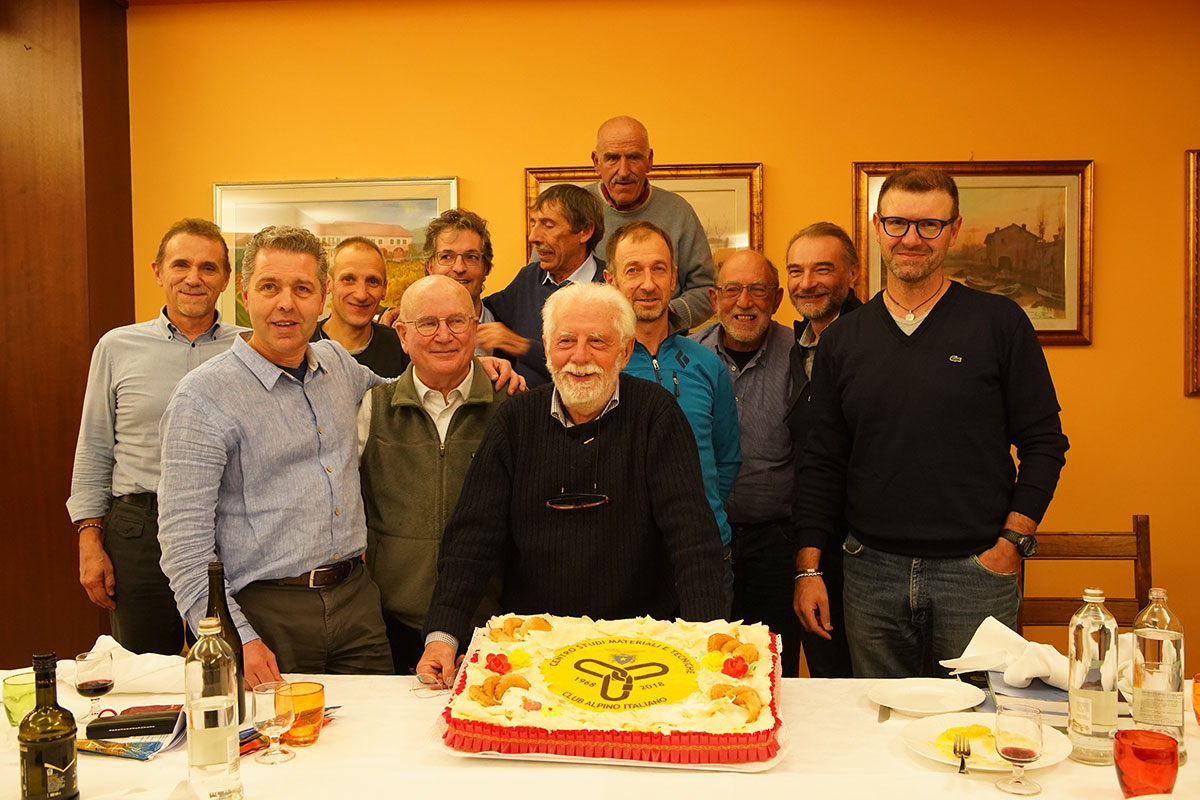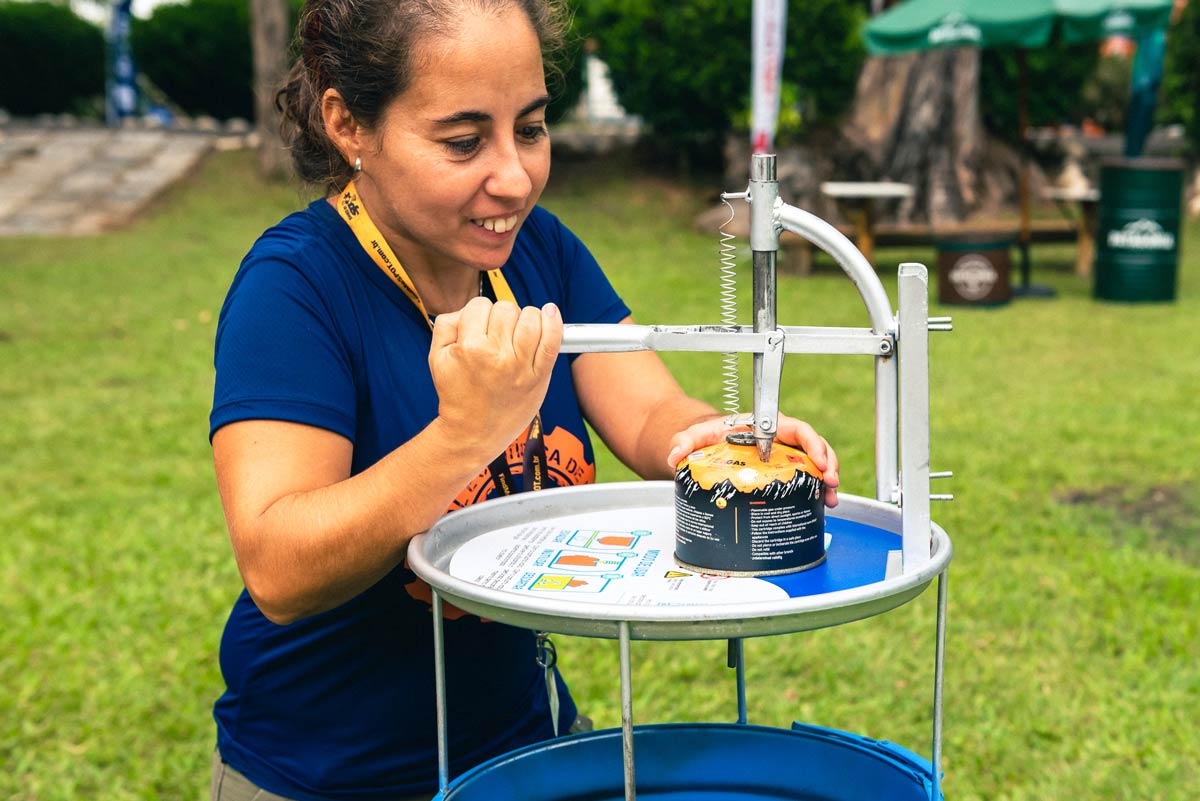The second in our series exploring advice from the UIAA Medical Commission’s internationally recognised Advice and Recommendations papers focuses on children.
The paper ‘Children At Altitude’ provides the conservative recommendations that should be helpful for mountaineers and physicians who are required to offer advice about ascent to high altitude with children.
Background
Each year many thousands of lowland children travel to high altitude uneventfully. The majority of these ascents involve trips to mountain resorts, especially in North America and Europe. While altitude travel is without incident for most, some of these children develop symptoms that may be attributed to altitude exposure.
The particular risks of exposure of children to high altitude have not been thoroughly studied and much of the advice must necessarily be extrapolated from adult data with due considerations of the influence of growth and development. As known so far children are not under more restrictions to acute exposure to altitude than adults. Nevertheless, adults should clarify the following questions well in advance if they want to go to altitude with children:
Will the child really like it?
Is the trip pampering to the parental ego rather than to the needs of the child?
Communication
Young children are generally poor at communicating their physiological discomfort, i.e. unlikely to say they are dangerously cold, or can’t feel their fingers (assuming they have enough language skills). They would probably just become very quiet and still. A child’s thermal regulation is immaturely developed, as is their ability to adapt to hypoxic exposure when compared to an adult.
Otalgia and other ear, nose and throat risks
The most common topic concerning children at altitude is the risk or otalgia caused by rapid changes of atmospheric pressure, e.g. by fast ascents by car or cable car, but also by any aircraft (sightseeing flights). The risk is increased for very young children or babies and for babies or infants with pre-existing upper respiratory tract infections. They are unable to balance the pressure in the ears if the nose is blocked by cold. An additional problem may arise for the parents to interpret the symptoms at a crying non-verbal child.
Small children should be completely healthy if they are taken to altitude. If possible, clean the nose as well as possible with saline solution to avoid blocked nose. Take some time and do some stops while driving an alpine pass. Let them suck every 300 to 500 m of altitude. Rest before and after the top, but not on the top (unless the child shows completely normal behaviour and obviously feels well). When going down quickly (car, cable car) advise the child to their pinch nose and blow hard with their mouth closed. Don’t travel on cable cars or any aircraft with sick children – the pressure changes are too rapid. Nasal sprays which are designed for small children may be used regularly while ascent to altitude (saline solution). Note: Laryngitis and nose bleeding are common in winter ski resorts (dry air, overheated rooms). This can be prevented by humidification of the air.
Altitude related illnesses: AMS/HAPE/HACE/SIMS
As highlighted above, young children are not reliable reporters of symptoms, even when they can talk. In children under 3 years of age, travel to any new environment may result in alterations of sleep, appetite, activity and mood. Some older children, particularly those in the age range 3 – 8 years old, and children with learning or communication difficulties may also be poor at describing their symptoms, making altitude illness difficult to recognize. In children 8 years and older, it is assumed that altitude illness will present in much the same way as it does in adults.
At all ages (children and adults) the symptoms of altitude illness are non-specific and can be confused with unrelated variables such as concurrent illness, dietary indiscretion, intoxication or psychological factors associated with remote travel or pre-existing problems. However, when ascending with children, it is wise to assume that such symptoms are altitude related until proven otherwise and appropriate action is undertaken. Although data are preliminary, children need a similar time for acclimatization to that of adults.
Although there are no conclusive scientific data on the matter with young children, it is generally recommended not to ascend to a sleeping altitude of higher than 3,000 to 4,000 m with a preschool child, and to prefer a sleeping altitude of <2,500m.
The complete paper incorporates other fundamental considerations including:
- Diagnostic guidelines for altitude-related illness
- Management guidelines for AMS/HAPE/HACE: Prevention, Education, Emergency plan, Pre-excursion planning
- Treatment of altitude-related disorders in children
- SIMS & SHAPH
- SIDS
- Cold exposure
- Sun exposure
- Children with pre-existing illnesses
- Heart and lung disorders
The paper is available to download in the following languages: Czech, English, German, Greek, Italian, Japanese, Persian, Polish, Portuguese and Russian.
This paper was published in 2008 by H.J Meijer and D. Jean, and is primarily intended for physicians, interested non-medical persons and trekking or expedition operators.
Advice and Recommendations – The Series
The first article in this series focused on Nutrition in Mountaineering and can be viewed here.
The full list of UIAA MedCom Advice and Recommendations can be accessed here.
Photo credit: Koninklijke NKBV via Foter.com / CC BY-SA



